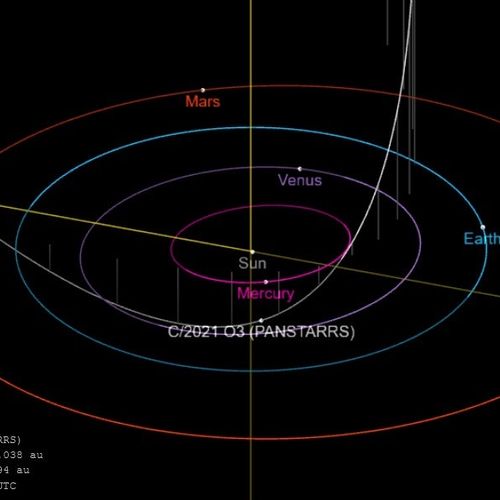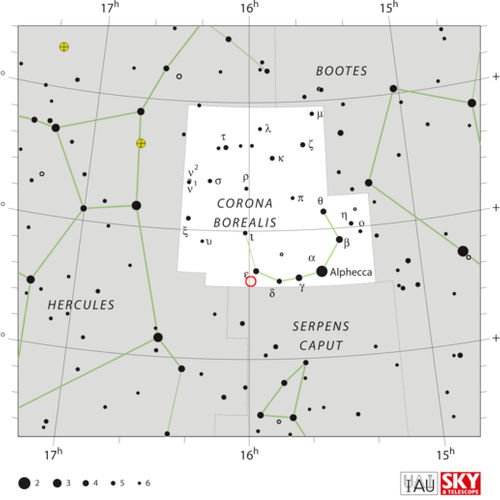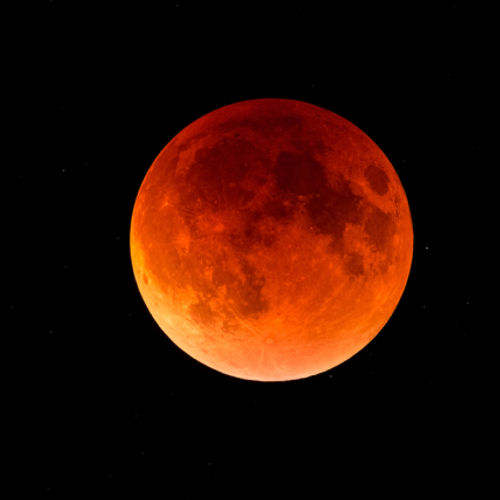
| Added | Thu, 14/03/2024 |
| Источники | |
| Дата публикации | Thu, 07/03/2024
|
| Версии |
On March 14, Comet C/2021 O3 (PanSTARRS), which is presumably an Oort cloud comet, will approach the Earth at a distance of 200 million kilometers. It was discovered in 2021.
Director of the V.P. Engelhardt Astronomical Observatory Yuri Nefediev of Kazan Federal University said that it will be possible to see it through an amateur telescope.
"Comet C/2021 O3 belongs to the long–period class – it moves in a very elongated elliptical orbit," Yu informed. Nefediev.
According to various sources, the comet is likely to look unusual: its tail will not be adjacent directly to the body of the comet.
According to the scientist, there is nothing unusual in the fact that the tail is "torn off" from the comet or it does not exist.
"Comets are made of ice, dust and rocky material. When approaching the Sun, streams of charged particles (solar wind) begin to "knock out" dust and gas from the comet, and it forms a "coma" (a gas-dust cloud around the core) and a tail or even several tails. We are used to the fact that animals have a tail at the back. The tail of a comet is always located in the opposite direction from the Sun. When it moves away from the sun, it begins to move ahead of this cosmic body," the astronomer informed.
He noted that the tail may not be visible even when the comet is approaching Earth close enough, because it is directed along the observer's line of sight, although the tail itself can extend for hundreds of thousands of kilometers.
"The tail substance (dust and gas) is so sparse that it will easily fit in an ordinary suitcase," he said.
According to the director of the observatory, the composition of each comet is unique.
"The tail of a comet may look "detached" from the body of the comet because some part of the tail is not illuminated or does not reflect sunlight. The fact is that we see the tail itself only because the substance it consists of reflects sunlight," Yu said. Nefediev.
__________________
On March 14, a comet with a "severed" tail will approach the Earth, which people will be able to observe using an amateur telescope.
Новости со схожими версиями
Log in or register to post comments









